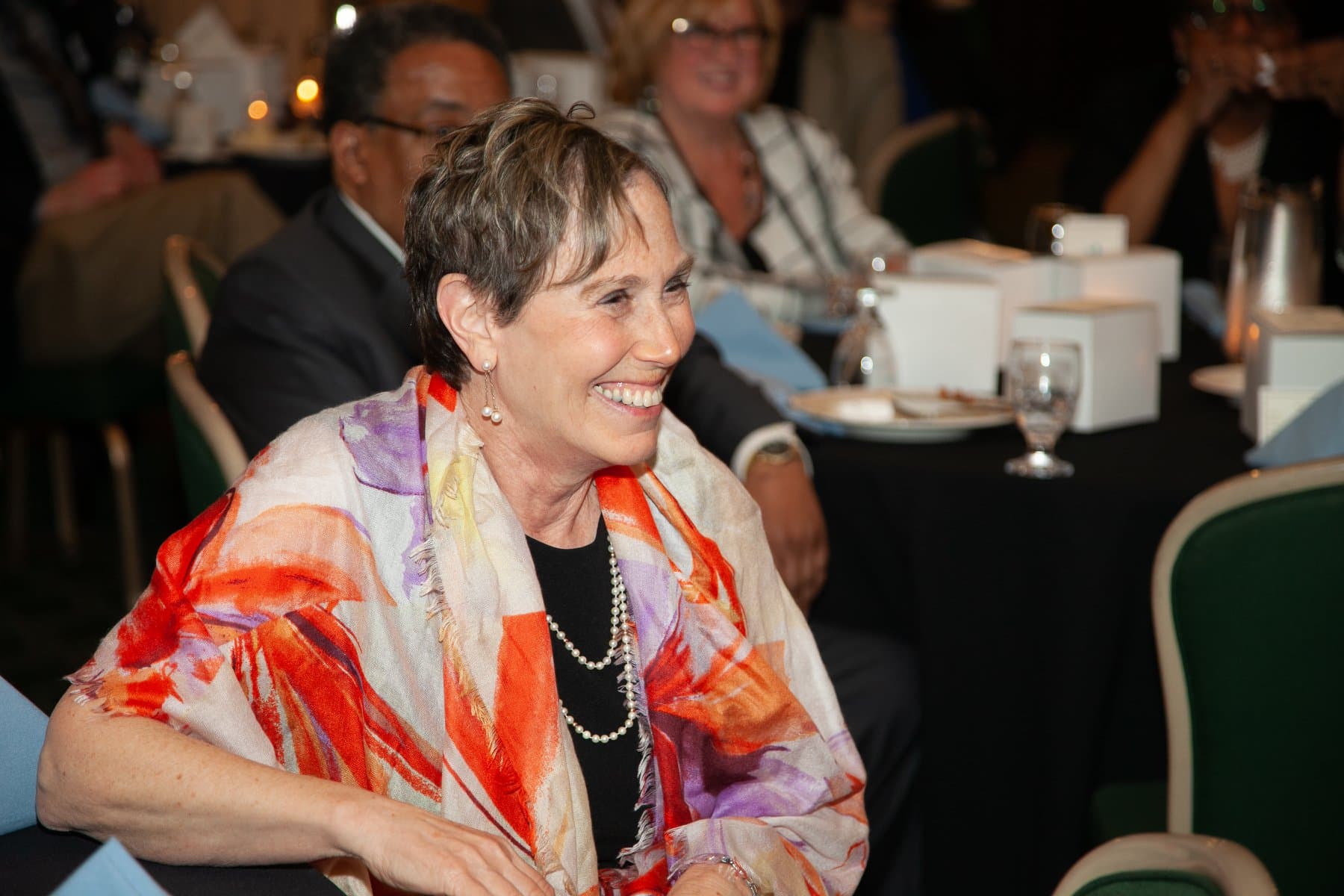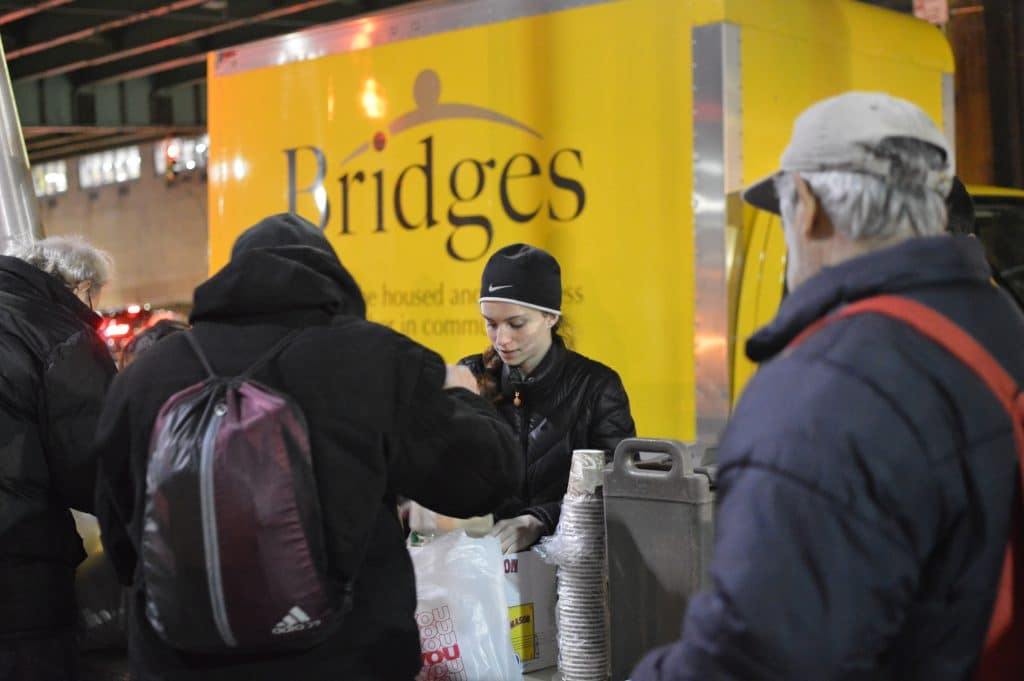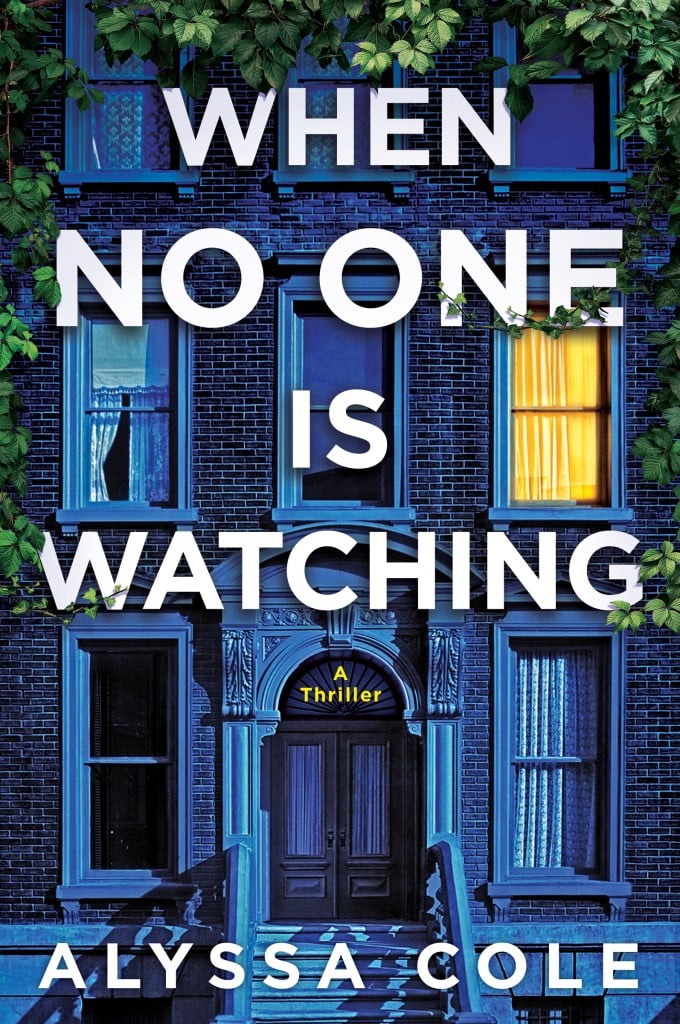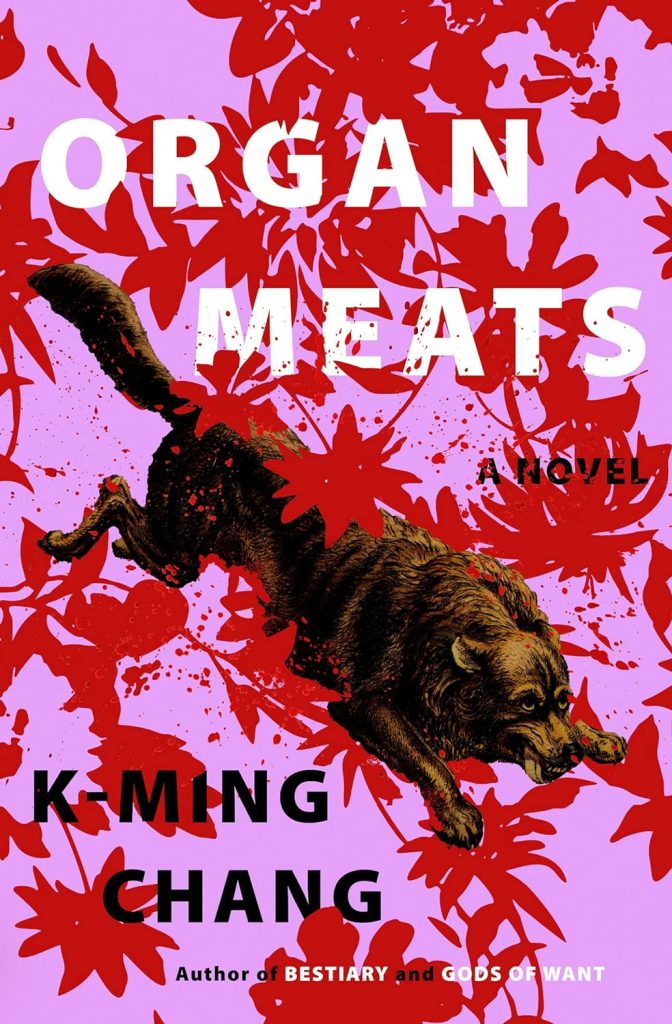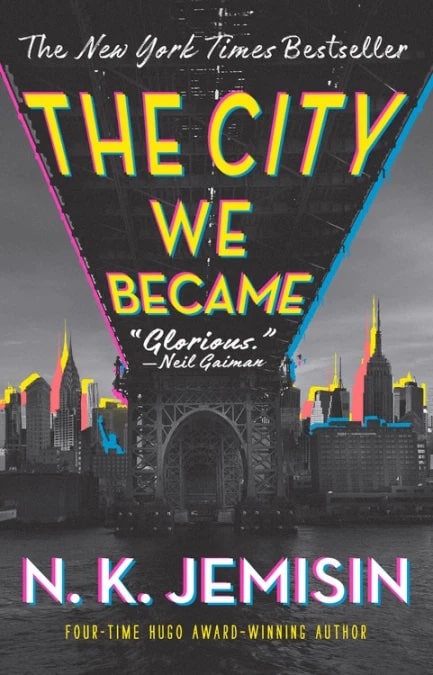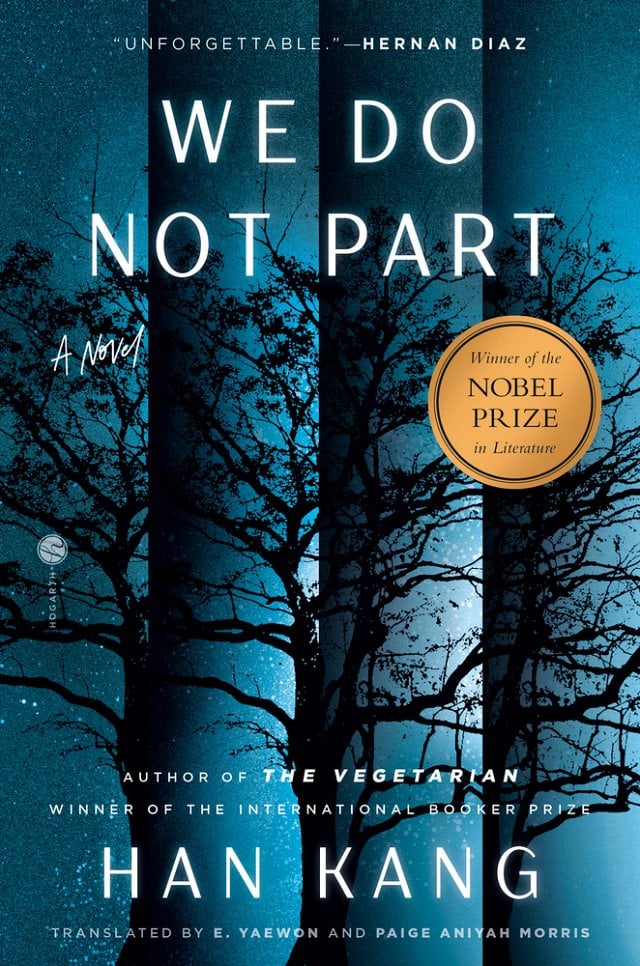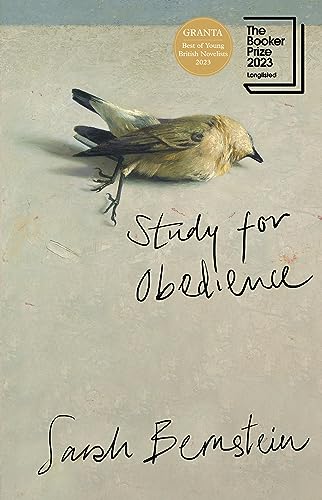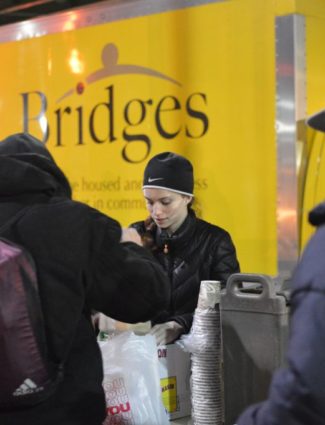
Sharing Jan’s Love With the Unhoused
Estimated reading time: 0 minutes, 35 seconds Last night I did a shift in Battery Park with Bridges providing food and warm clothes. It was very windy, cold, and unlivable conditions for our neighbors living on the streets.
Last night I did a shift in Battery Park with Bridges providing food and warm clothes. It was very windy, cold, and unlivable conditions for our neighbors living on the streets.
On Thanksgiving, I volunteered with the Bridges street outreach team in Newark.
Volunteering with Bridges allowed me to help others and partially repay all the support and love I have received since Jan died.
Both Jan and I spent our lives working to repair the world, and this Thanksgiving, I needed to share Jan’s love with our unhoused neighbors. The two volunteer opportunities with Bridges fulfilled that need.
